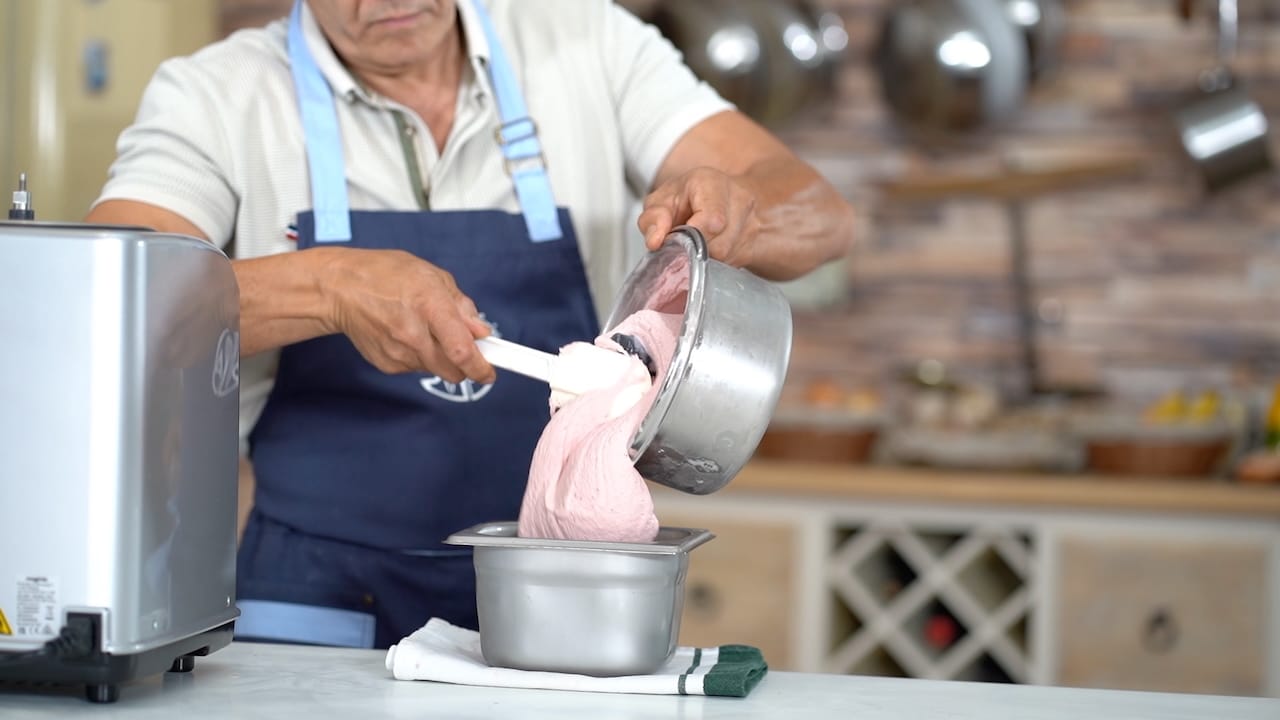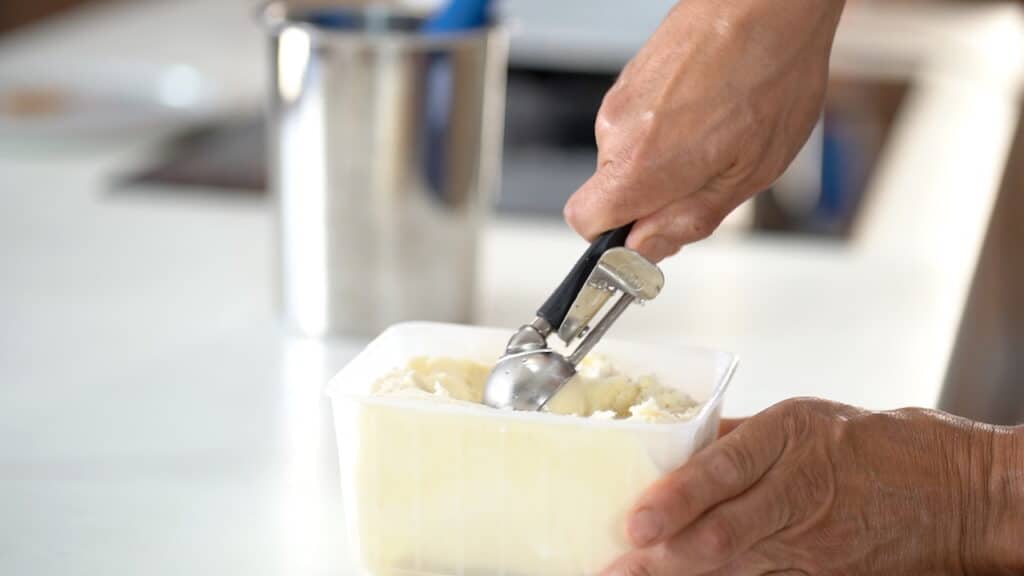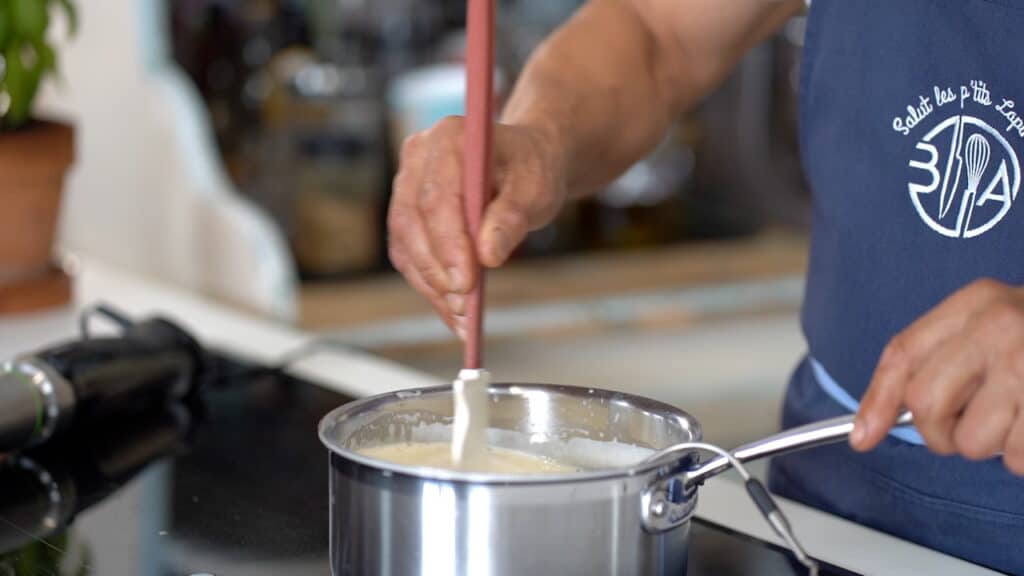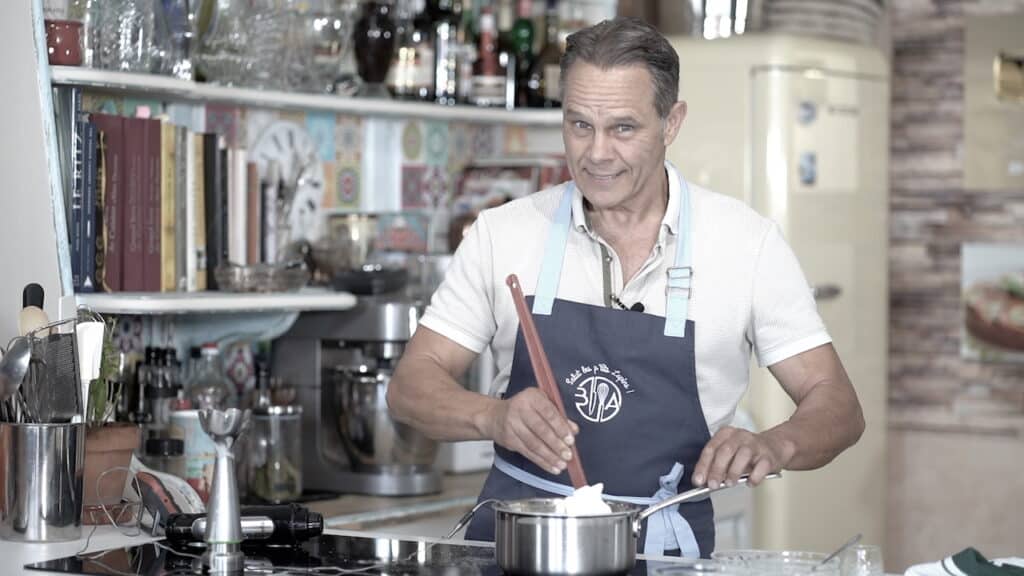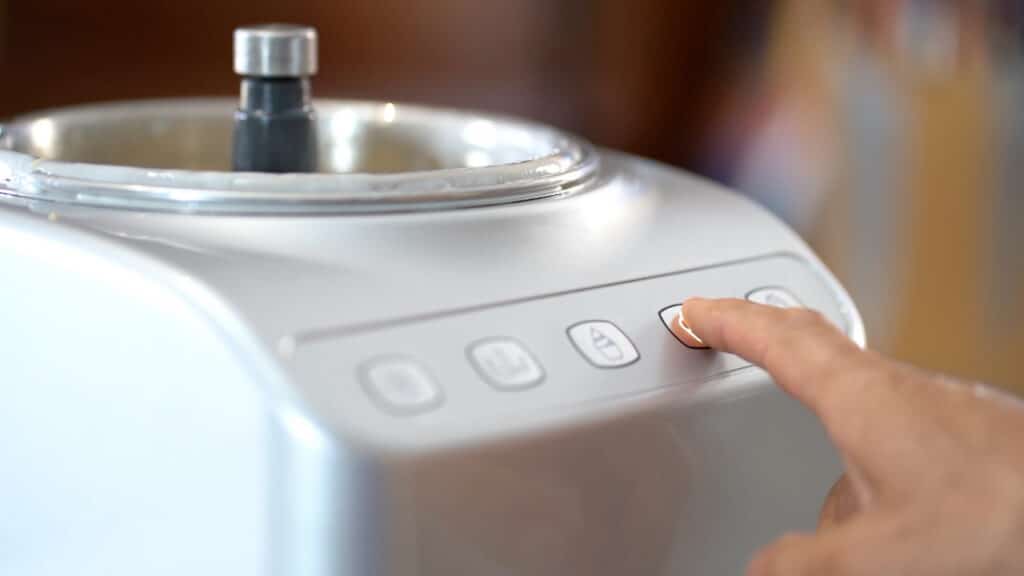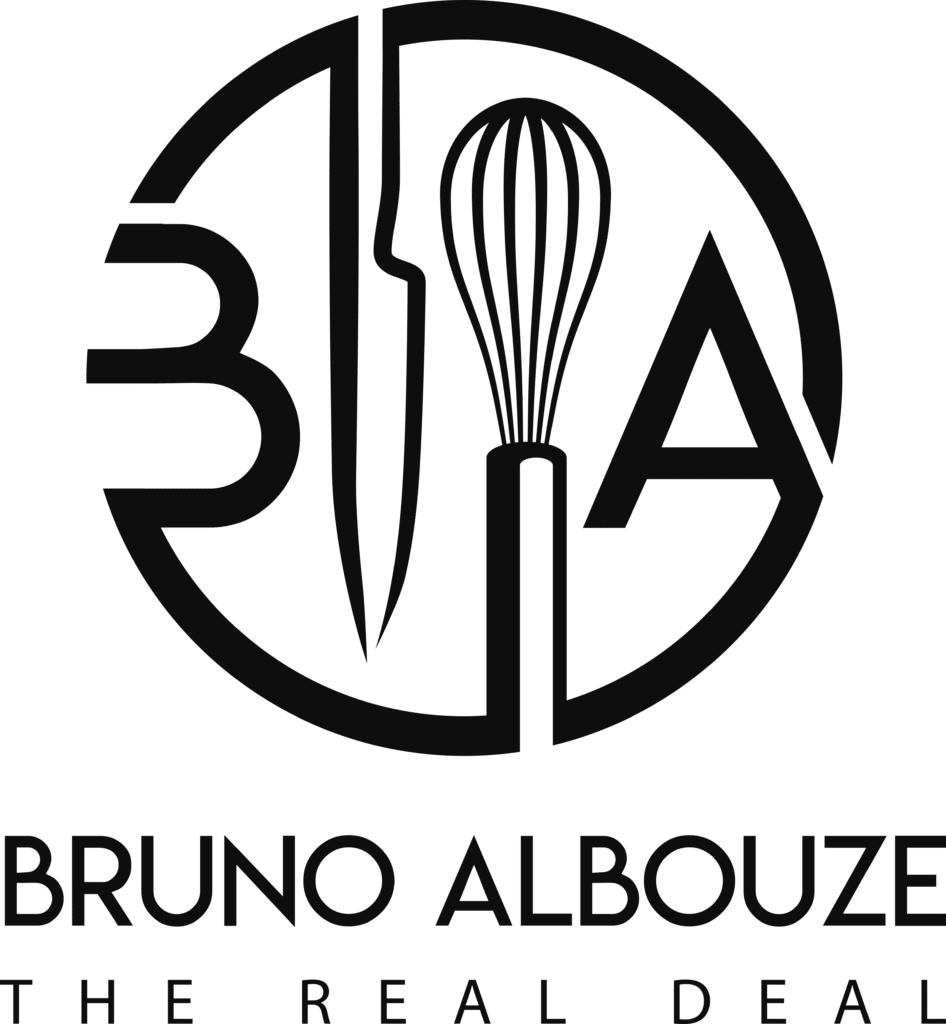Crafting a balanced, stable, and delicious ice cream starts with one essential principle: know your ingredients. As a professional chef, I’ve spent years testing combinations of dairy, sugars, fruits, eggs, and aromas, not just for flavor, but for texture, balance, and technical performance. Each ingredient plays a distinct role in the structure, sweetness, scoopability, and shelf life of your frozen creation. In this article, I’ll walk you through each major family of ingredients we use in ice cream making and sorbets, highlighting how they work and how to choose the right ones.
Notice: This article is part of a comprehensive series dedicated to the craft of ice cream and frozen dessert making. We recommend reading the articles in the suggested order. You can find all eight articles in this series listed at the bottom of the page.
Dairy: more than just milk and cream
Dairy is the soul of traditional ice cream. It provides fat, protein, water, lactose, and minerals, all of which impact mouthfeel, structure, and freezing behavior.
Whole milk is the most common base, combining water, milk proteins, and about 3.5% milk fat. It’s the backbone of your ice cream matrix. Cream adds richness and elevates milk fat to the legal threshold for “crème glacée” (minimum 5% in France). Balancing the two determines whether your mix is light and milky or indulgently creamy.
Butter is sometimes used to enrich a base when cream is unavailable, but it must be melted and emulsified. Milk powders, especially skim milk powder or dry milk (lait en poudre écrémé), are essential for boosting the extrait sec déshydraté du lait (ESDL), improving texture and reducing iciness without adding more water.
Choosing quality dairy, fresh, pasteurized, with consistent fat content, is non-negotiable in professional ice cream making. And don’t underestimate goat or sheep milk for signature creations with unique flavors.
Sugars: balancing sweetness, texture and freezing point
Sugar is not just sweet. It’s a texture modifier, a cryoscopic regulator, and a flavor enhancer.
Saccharose (table sugar) is our benchmark. But other sugars offer technical advantages. Glucose syrup reduces freezing point more efficiently and adds body, while dextrose offers a lower sweetening power and is ideal in high-fruit sorbets. Invert sugar (a mix of glucose and fructose) brings moisture retention and smoothness, often used in sorbets and alcohol-based desserts.
The key is to blend sugars to balance sweetness, freezing point depression, and mouthfeel. In my recipes, I often combine saccharose with glucose/dextrose. This not only refines the texture but also prevents rapid melting or excessive hardness.
Be aware of dry extract: sugars contribute to the solid content, so their proportion must be calculated in your total solids balance (ideally 36–40% total dry matter). Excess sugar will result in a product that melts too quickly and feels syrupy.
Fruits: fresh, puréed, or frozen, each choice matters
Fruits are the star of sorbets and a vibrant element in fruit-based ice creams. But they’re tricky. Every fruit varies in sugar content, acidity, pectin, and water proportion, which impacts balance.
Fresh fruits bring authentic flavor and brightness, but need careful selection and often preprocessing (cooking, straining, stabilizing). Frozen fruits purées are convenient but watch for sugar added content. It should be around 10-15 percent.
For sorbets, most regulations require at least 25% real fruit (15% for acidic ones like lemon or lime). But even beyond legality, you want fruit that expresses character, color, and aroma.
Pay attention to pectin content (high in apple, apricot, or mango) which affects texture, and acidity which influences flavor balance and freezing point. Always measure Brix and pH for precise adjustments. For exotic fruits (banana, passion, lychee), consider blending to round out overly dominant notes.
Eggs: structure, richness, and natural emulsification
Eggs, particularly egg yolks, are classic in French-style ice creams. They bring emulsifying power, added fat, proteins, and a rich mouthfeel.
A “glace aux œufs” in France must contain at least 7% egg yolk. Yolks contribute lecithin, a natural emulsifier that helps bind fats and water, stabilizing the emulsion during pasteurization and freezing.
Beyond function, eggs provide structure and body. They’re particularly effective in custard-based flavors like vanilla, caramel, or praline. Pasteurized liquid yolks can also be used in ice cream and parfait recipes.
Be cautious: too much egg can dull fresh flavors and impart a cooked taste if over-pasteurized. Precision in temperature (around 185ºF/85°C and proportion is key.
In contrast, egg whites are rarely used in modern glacerie, except in Italian meringue-style recipes for fruit-based mousses.
Flavorings and aromas: from vanilla to alcohol
Aroma gives personality to your frozen dessert. From vanilla beans to citrus zests, every element must be used with intention.
Vanilla is a cornerstone. Natural pods (Bourbon, Tahiti, Madagascar) provide complex depth. I recommend infusing them in hot liquid for about 20 minutes or better; in cold liquid overnight for full extraction. Vanilla powder is also an excellent compromise. Extracts and concentrates can be used, but check that they’re natural and compliant with labeling laws.
Infusions (like tea, herbs, or spices) require precision: steep too little and the flavor is weak; too long, and it becomes bitter. Liquors can elevate flavors but must be dosed carefully. Beyond 2–3%, they can destabilize texture and impact freezing.
Essential oils, colorings, and natural powders (cocoa, matcha, etc.) round out your aromatic palette. Always source high-quality, food-grade ingredients and test their behavior under cold conditions.
Each ingredient is a tool, use it with intention
In ice cream, ingredients aren’t just building blocks, they’re levers of texture, stability, and flavor. Knowing how and why each one functions is what separates a good recipe from a truly great one.
Whether it’s adjusting your sugar mix to improve scoopability, boosting solids with milk powder, or selecting the right purée for a bold fruit sorbet, every choice counts. As chefs, our job is to orchestrate these components into a harmonious, balanced, and memorable frozen dessert.
In the next article, we’ll explore the world of stabilizers and emulsifiers, those often-misunderstood allies that help bring finesse and reliability to our frozen creations.
